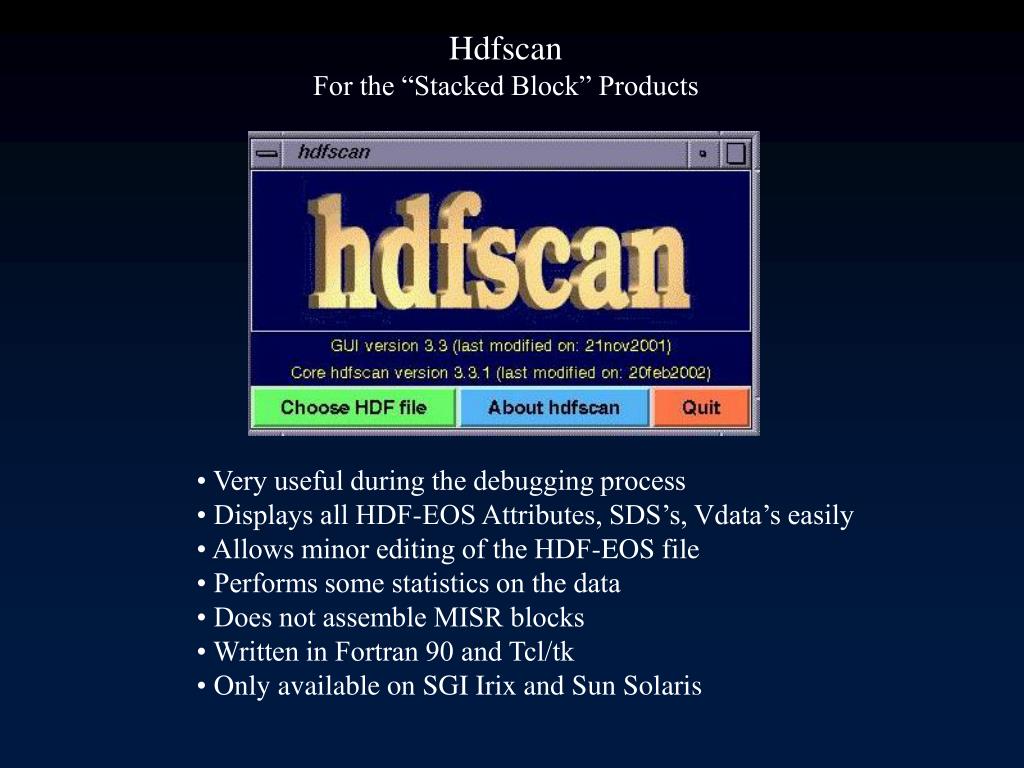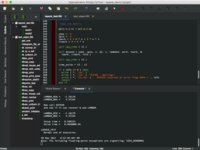

As the name suggests, the environment specifically targets Fortran development, and the environment s features reflect this design decision.

Simply fortran debugging windows#
Armstrong, Approximatrix, LLC Introduction Simply Fortran is a relatively new integrated development environment for the Microsoft Windows operating system. ACM SIGPLAN Fortran Forum Association for Computing Machinery Much of the path complexity surrounding using the GNU tool chain on Windows is hidden and automatically handled by Simply Fortran. Unlike some other solutions for using GNU Fortran on Windows, no further downloads or tools are necessary. A standard installer can be obtained from: The installer includes the GNU Fortran compiler and requisite support tools, the Simply Fortran integrated development environment, and the Insight debugger. Requirements and Installation Simply Fortran works with all versions of Microsoft Windows from Windows 2000 onward, including 64-bit releases.
Simply fortran debugging full#
The software is distributed as trialware, allowing the user full access to all features for thirty days, after which a US$25 registration can be purchased. The open-source Insight debugger, a graphical wrapper around GNU debugger (GDB), is included as a debugging solution.

Simply Fortran relies on an included version of GNU Fortran as its primary compiler, although the environment can be easily configured to utilize other compilers. fbacktrace to "specify that, when a runtime error is encountered or a deadly signal is emitted (segmentation fault, illegal instruction, bus error or floating-point exception), the Fortran runtime library should output a backtrace of the error.Introducing simply Fortran Introducing simply Fortran fcheck=all to "enable run-time tests", such as, for instance, array bounds checks. This is the equivalent of adding implicit none to the start of every procedure." fimplicit-none to "specify that no implicit typing is allowed, unless overridden by explicit IMPLICIT statements. It possible to be even more "pedantic" and use -std=f95 flag for warnings to become errors. pedantic to generate warnings about language features that are supported by gfortran but are not part of the official Fortran 95 standard. Wextra to "enable some extra warning flags that are not enabled by -Wall."

Wall to "enable all the warnings about constructions that some users consider questionable, and that are easy to avoid (or modify to prevent the warning), even in conjunction with macros." This option actually makes debugging possible by requesting the compiler to produce debugging information intended to be used by interactive debugger (GDB). So, if possible use -Og, otherwise use -O0. It should be the optimization level of choice for the standard edit-compile-debug cycle, offering a reasonable level of optimization while maintaining fast compilation and a good debugging experience. Og enables optimizations that do not interfere with debugging.
Simply fortran debugging code#
The price for -O0 option is very slow code execution, but starting from version 4.8 GCC compilers (including the Fortran one) accept a newly introduced optimisation level -Og: and as an outcome it can make debugging unpredictable. Optimiser can remove some local variables, merge some code blocks, etc. O0 basically tells the compiler to make no optimisations.


 0 kommentar(er)
0 kommentar(er)
